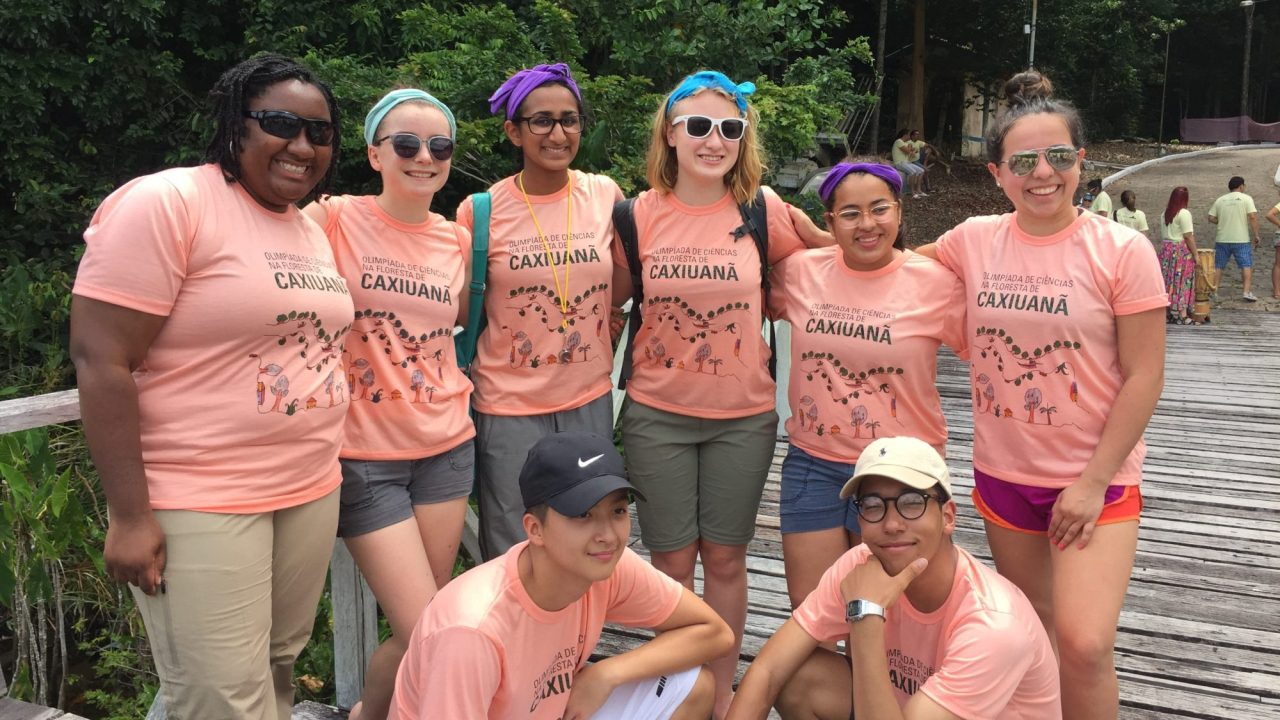
William E. Jeffries, III is the director of strategic initiatives at Stepping Stones Museum for Children in Norwalk, Connecticut.
The media has been permeated recently with stories that suggest an increase in physical and social barriers between people due to cultural, linguistic, religious or other perceived differences. These developments counter much of the recent work in museums of all shapes and sizes to build bridges within and between communities.
In 2016, Stepping Stones Museum for Children in Norwalk, CT and the Museu Paraense Emílio Goeldi in Belém, Brazil, received support to connect students in suburban Connecticut with students living and attending school in a remote Amazonian community. For an entire school year, the students would compare and contrast both the cultural and ecological impacts of the watersheds in which they respectively live. Throughout the project, Lifelines/Aspectos Vitais: The Convergence of Arts, Ecology, and Culture in the Amazon and New England, The Maritime Aquarium and Creative Connections, both also located in Norwalk, CT, have been strong partners.
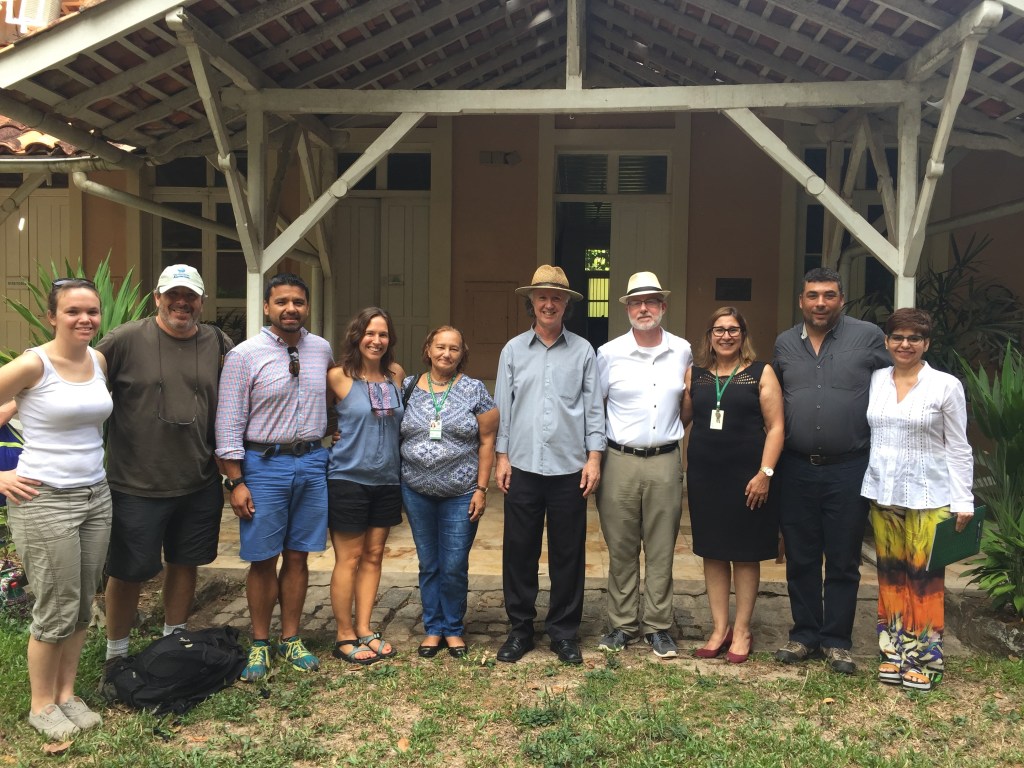
Museums and their partner communities that have had the unique opportunity to participate in international initiatives like Lifelines/Aspectos Vitais have been at the vanguard of promoting global linkages. These connections are continually nourished by celebrating cultural differences; building a space for understanding, empathy, and discussion; and ultimately promoting collaboration to enact needed change in the relevant communities.
The American team, including eight students from Fairchild Wheeler Interdistrict Magnet High School in Bridgeport, CT and five adult chaperones, visited their Brazilian counterparts deep in the Amazon in November 2016 for two weeks.
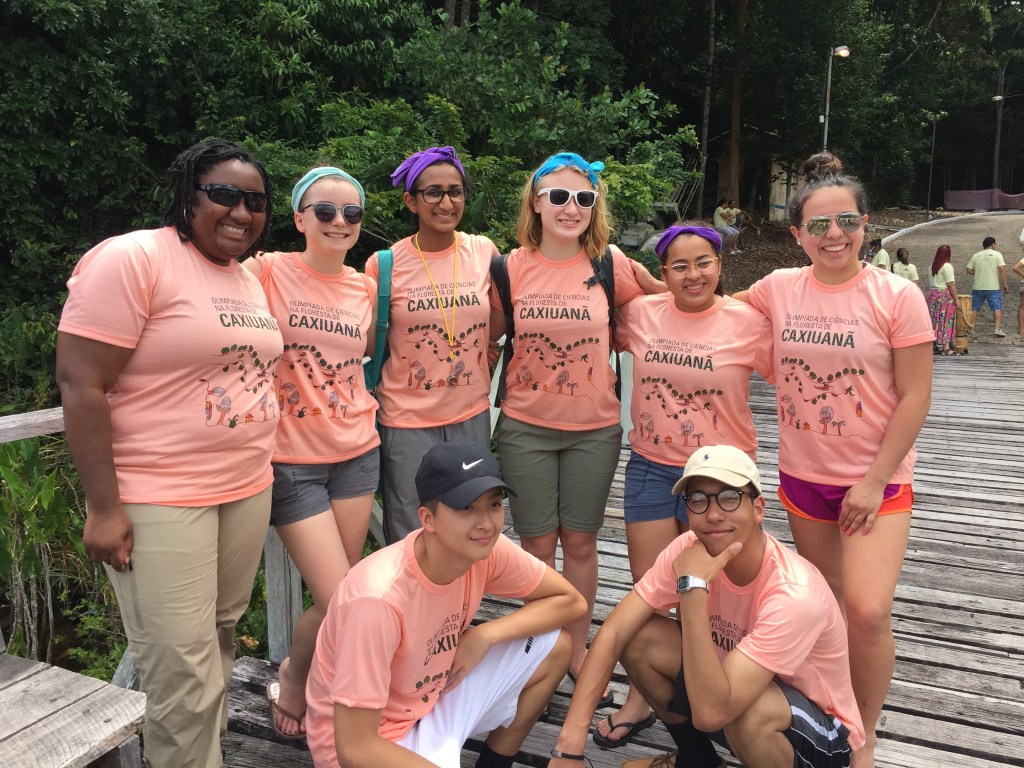
One of the Fairchild Wheeler students, Gabriela de Paula, quickly exhibited what most project directors hope will happen to some extent with all of their youth and adult participants: she became a cultural and linguistic bridge between the Brazilian hosts and the visiting Americans.
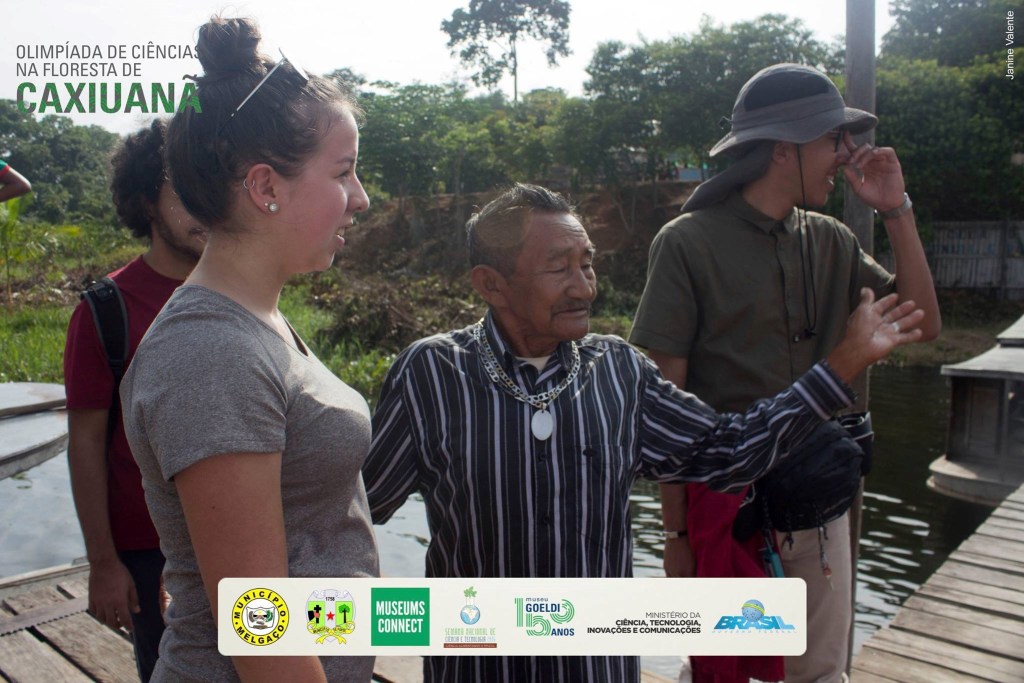
Gabriela assumed this role naturally because she grew up in a household where her parents spoke two different languages in addition to English. Her father, born and raised in Rio de Janeiro, Brazil, taught her Portuguese. Her mother, born and raised in Lima, Peru, taught her Spanish. As she grew up, both of her parents shared their cultural values and traditions with both her and her siblings. She honed her conversational Portuguese by speaking with her father’s side of the family on frequent trips to Brazil to visit her grandmother.
On the morning of November 22, 2016, after a 20+ hour river boat journey on the Amazon and Anapu Rivers deep into the Caxiuanã National Forest of the Amazon, Gabriela arrived with the rest of the American team to spend an entire day in the São Sebastião community before continuing on to a research station operated by the Goeldi Museum in another area of the forest. Only accessible by boat, São Sebastião is a community with very limited contact with people from other countries or even other areas of Brazil.
Gabriela characterized her experience in São Sebastião as follows:
“Once I was in the community, I’ve never felt so welcomed in my life. To be surrounded by people that are so happy with your company is the best feeling ever. I wasn’t expecting the students to be so comfortable with us so quickly. We became friends instantly.”
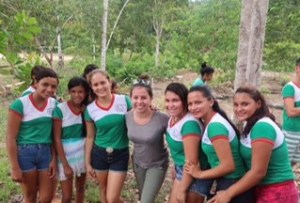
Because Gabriela is fluent in both Portuguese and English, she immediately assumed a leadership role during this special day in the São Sebastião community and later at the research station when the São Sebastião students reconvened with the American travelers for a weeklong science camp. Of the experience, Gabriela said:
The research station was the best part of the whole exchange. It was a place where connections of culture, people, and the environment took place.
Link to Youtube video of opening ceremonies for the science camp with Gabriela as the flag bearer:
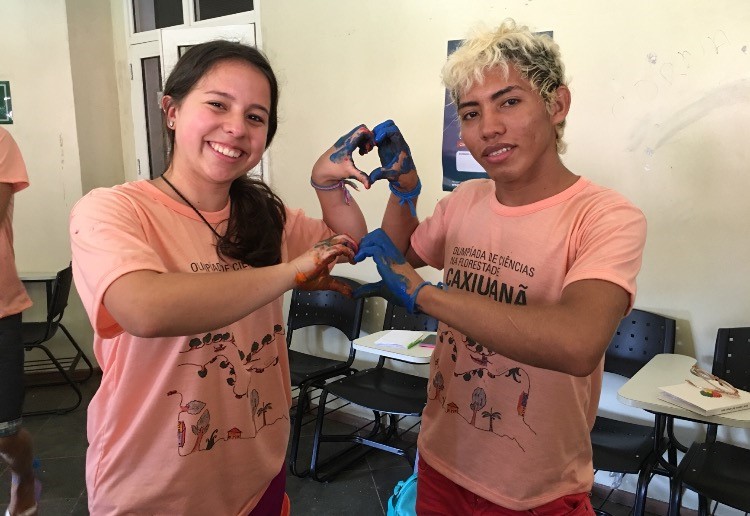
At both locations, Gabriela brought together the students and adults from each country and helped to circumvent any cultural misunderstandings that surfaced.
“For me, being able to speak the language makes it my pleasure to help others. Being able to see people connect with one another just by translating what they said is amazing. Language is something I value, and being able to be a part of this trip and facilitate the understanding of others is the best feeling ever.”
Gabriela not only translated the many conversations between the São Sebastião students and her classmates, she actually facilitated these cultural exchanges. Both sides were very curious and interested in what the others had to say. Many of the students who had questions for their peers approached her rather than the translators provided by the Goeldi Museum simply because they were more comfortable speaking with someone their own age. Some initial topics were about life and school in the United States, and her classmates would ask similar questions to their Brazilian counterparts, including where they lived and what they did in their daily lives. Because Gabriela “broke the ice” quickly, the Brazilians and Americans become very comfortable as a cohort and started to teach each other words in Portuguese and English. Conversations then evolved to: “Can I have your number?” They didn’t want to lose the friendships that had been created and nurtured in this special atmosphere.
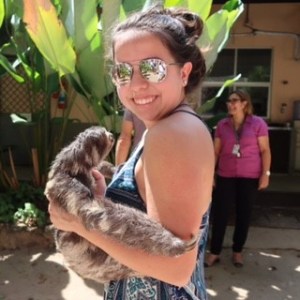
Since the travel exchange experience, these relationships have grown. Most of the students have connected through social media. There are many group chats where they keep each other updated as often as they can since wi-fi access is a major limitation for the São Sebastião students.
Gabriela also learned a lot about herself throughout this process:
“This trip was very special to me, because I’ve never been somewhere where people value nature as much as the Brazilian community we visited. I learned that there is so much more to life than staring at an iPhone screen for hours. Look up, and look at what’s in front of you, live life and live in the moment. I learned that I have a love for the environment and for people’s needs. I learned that I love to help people and I value the happiness of others.”
By the end of the trip, she even changed her career aspirations. Prior to this experience, she had applied to colleges as a nursing major, but experiencing the rich nature and waters of Amazonian Brazil sparked a strong interest in climate change. Gabriela is now preparing to major in Environmental Sciences once she goes on to college in the fall.
We need to nurture more “Gabrielas” in the world. Museums can play a leading role in providing the requisite environment that will nurture the full development of people like her, connecting these youth with wider networks of people to continue breaking down cultural barriers, not erecting them.
For more information on this project, please visit Fairchild Wheeler’s project blog. In addition, there is a Youtube page featuring select video from the Brazil trip.
About the Author
Mr. Jeffries has over 20 years of experience as an educator, fundraiser, and strategist for performing arts, museum and higher education institutions and has served as the project director for two AAM Museums Connect projects with partners in Romania and Brazil.
“Lifelines/Aspectos Vitais” is a Museums Connect project. Museums Connect is an initiative of the US Department of State’s Bureau of Educational and Cultural Affairs that is administered by the American Alliance of Museums.





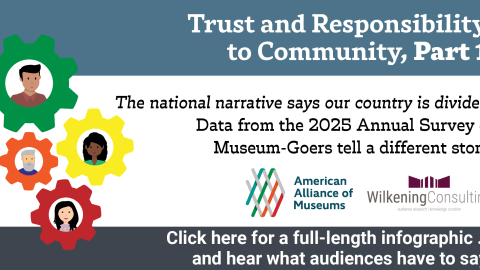

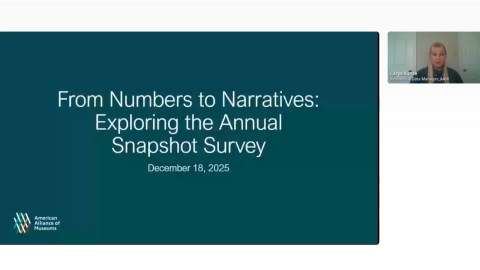
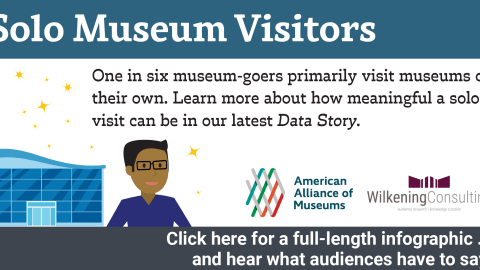
This is a very well put together article that really highlights the student’s accomplishments. It couldn’t have been done without significant group effort from all of the fantastic team members.